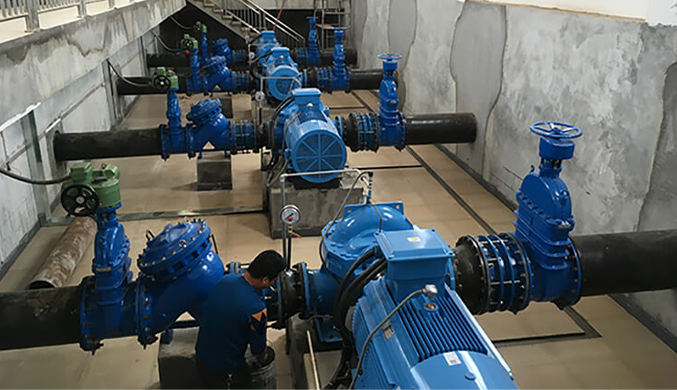English
- Afrikaans
- Albanian
- Amharic
- Arabic
- Armenian
- Azerbaijani
- Basque
- Belarusian
- Bengali
- Bosnian
- Bulgarian
- Catalan
- Cebuano
- Corsican
- Croatian
- Czech
- Danish
- Dutch
- English
- Esperanto
- Estonian
- Finnish
- French
- Frisian
- Galician
- Georgian
- German
- Greek
- Gujarati
- Haitian Creole
- hausa
- hawaiian
- Hebrew
- Hindi
- Miao
- Hungarian
- Icelandic
- igbo
- Indonesian
- irish
- Italian
- Japanese
- Javanese
- Kannada
- kazakh
- Khmer
- Rwandese
- Korean
- Kurdish
- Kyrgyz
- Lao
- Latin
- Latvian
- Lithuanian
- Luxembourgish
- Macedonian
- Malgashi
- Malay
- Malayalam
- Maltese
- Maori
- Marathi
- Mongolian
- Myanmar
- Nepali
- Norwegian
- Norwegian
- Occitan
- Pashto
- Persian
- Polish
- Portuguese
- Punjabi
- Romanian
- Russian
- Samoan
- Scottish Gaelic
- Serbian
- Sesotho
- Shona
- Sindhi
- Sinhala
- Slovak
- Slovenian
- Somali
- Spanish
- Sundanese
- Swahili
- Swedish
- Tagalog
- Tajik
- Tamil
- Tatar
- Telugu
- Thai
- Turkish
- Turkmen
- Ukrainian
- Urdu
- Uighur
- Uzbek
- Vietnamese
- Welsh
- Bantu
- Yiddish
- Yoruba
- Zulu
Telephone: +86 13120555503
Email: frank@cypump.com
Nov . 12, 2024 04:56 Back to list
'manufacturing components for slurry pumps through casting ...'
Manufacturing Components for Slurry Pumps Through Casting
Slurry pumps play an essential role in numerous industries, particularly in mining, mineral processing, and wastewater treatment. These pumps are specifically designed to transport abrasive and viscous fluids containing solid particles, making them crucial for efficient operations in these demanding environments. One of the key processes involved in the manufacturing of components for slurry pumps is casting, which allows for the production of complex shapes and structures with high levels of precision. This article delves into the casting process, its advantages, and its relevance in the manufacture of slurry pump components.
The Casting Process
Casting is a manufacturing technique that involves pouring liquid material—typically metal or plastic—into a mold. Once the material solidifies, the mold is removed to reveal the final product. There are various casting methods, including sand casting, investment casting, and die casting. Each method has its unique advantages and is suited for different applications based on strength requirements, complexity, and production volume. In the context of slurry pump components, sand casting is often preferred due to its flexibility and ability to create large parts.
Advantages of Casting for Slurry Pump Components
1. Design Flexibility One of the most significant advantages of casting is the ability to produce complex geometries that would be difficult or impossible to achieve through other manufacturing processes. Slurry pumps often require components with intricate designs to ensure optimal performance and efficiency. Casting allows engineers to design parts that fit the specific requirements of the pump, such as impellers and volutes, ensuring effective fluid movement and minimizing wear and tear.
2. Material Variety Casting can accommodate various materials, including metals like iron, steel, and bronze, as well as non-metallic materials. For slurry pumps, materials with high wear resistance and corrosion resistance are crucial due to the abrasive nature of the fluids they handle. Casting allows manufacturers to select materials that will withstand harsh operating conditions while providing durability and longevity.
'manufacturing components for slurry pumps through casting ...'

3. Cost-Effectiveness For large-scale production, casting can be a more economical option compared to machining processes. Once the mold is created, producing multiple components in a single batch can lead to significant cost savings. This is particularly essential for industries that require numerous slurry pump components regularly.
4. Reduced Waste The casting process minimizes material waste compared to subtractive manufacturing methods, where excess material is removed from a solid block to achieve the final shape. By utilizing molds, manufacturers can optimize material usage, further reducing costs and environmental impact.
Challenges in Casting
Despite its numerous advantages, the casting process does come with challenges. Quality control is paramount, as defects such as porosity or inclusions can compromise the structural integrity of components. Thorough inspection and testing are essential to ensure that the produced parts meet the stringent standards required for slurry pump applications. Additionally, the cooling and solidification rates must be monitored closely to avoid issues like warping or cracking during the process.
Conclusion
The manufacturing of components for slurry pumps through casting stands as a testament to the evolution of manufacturing technologies. With its design flexibility, material versatility, cost-effectiveness, and efficient use of resources, casting plays a vital role in producing the high-quality components required for effective slurry pump operation. As industries continue to seek improved efficiency and effectiveness in their processes, casting will remain a key player in the manufacturing landscape for slurry pump components. Through ongoing advancements in casting technology and rigorous quality control measures, manufacturers can ensure that their products meet the demanding standards of various industrial applications, thus paving the way for enhanced operational performance in slurry transport systems.
-
ISG Series Vertical Pipeline Pump - Chi Yuan Pumps Co., LTD.
NewsJul.30,2025
-
ISG Series Vertical Pipeline Pump - Chi Yuan Pumps Co., LTD.|energy-efficient fluid handling&industrial durability
NewsJul.30,2025
-
ISG Series Vertical Pipeline Pump - Chi Yuan Pumps | Advanced Engineering&Industrial Efficiency
NewsJul.30,2025
-
ISG Series Pipeline Pump - Chi Yuan Pumps | High Efficiency, Energy Saving
NewsJul.30,2025
-
ISG Series Vertical Pipeline Pump-Chi Yuan Pumps|High Efficiency&Reliable Performance
NewsJul.29,2025
-
ISG Series Vertical Pipeline Pump|High Efficiency&Low Noise
NewsJul.29,2025










